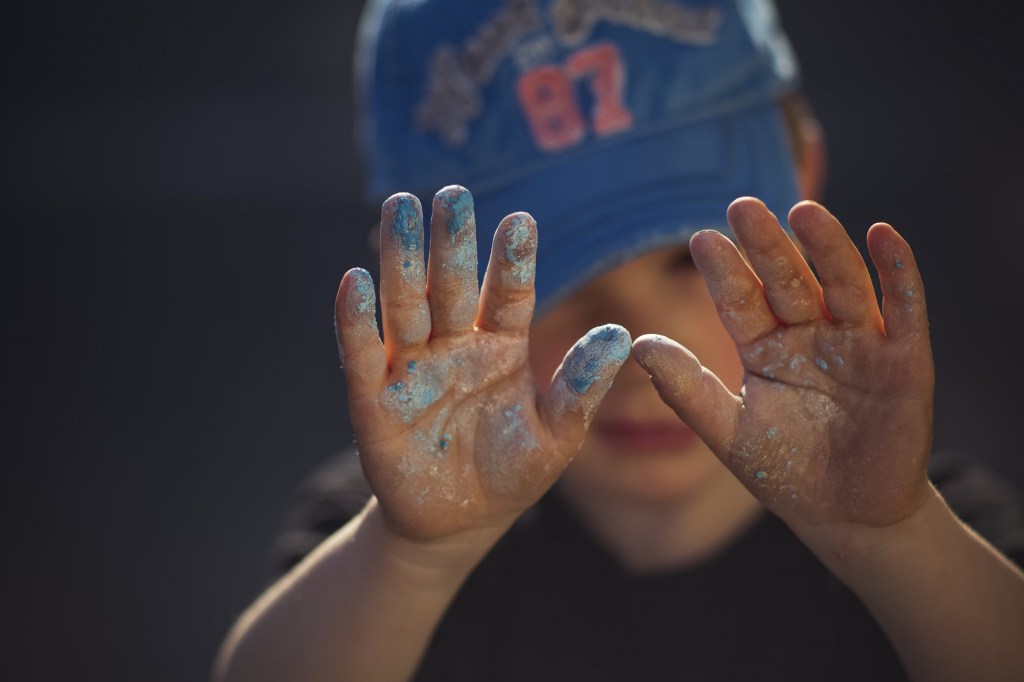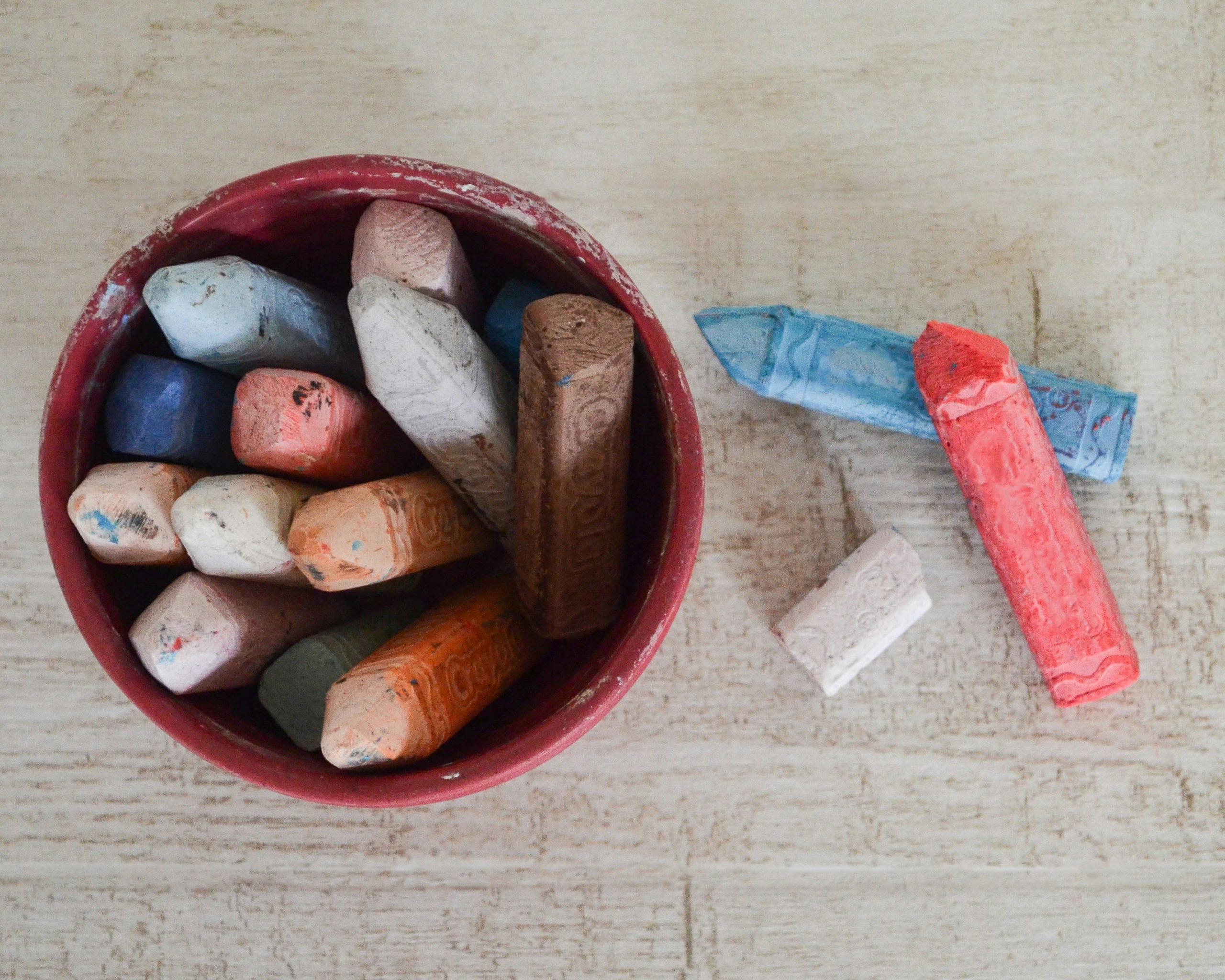The sight of a child munching on chalk can be alarming for any parent. While it may seem strange or even dangerous, this behavior, known as pica, is more common than you might think. Let’s delve into the reasons behind this unusual habit and its potential consequences.
Why Do Some Children Eat Chalk
Pica is a disorder that involves persistently eating non-food substances. Chalk is just one of many items children with pica might consume. Other common non-food items include paint, clay, ice, dirt, and even hair. While the exact cause of pica is unknown, several factors contribute to this behavior.
Nutritional Deficiencies
Cravings for non-food items, like chalk, can sometimes be linked to nutritional deficiencies. A lack of essential minerals, such as iron or calcium, can trigger these unusual desires. Symptoms of these deficiencies include fatigue, pale skin, and brittle nails.
Behavioral and Psychological Factors
In some cases, chalk-eating can be a symptom of underlying emotional or behavioral issues. Stress, anxiety, or boredom can lead children to engage in this habit as a coping mechanism. For young children, exploring their senses through taste is a normal part of development, and chalk might simply be an intriguing object to put in their mouths.

Why Do Some People Feel Like Eating Chalk
While chalk-eating is more prevalent in children, adults can also experience these cravings. Psychological factors, such as obsessive-compulsive disorder (OCD) or pregnancy, have been linked to pica. Cultural practices or beliefs may also play a role in some cases.
Beyond psychological factors, the sensory appeal of chalk – its texture and taste – can be a contributing factor. This sensation might be similar to cravings for other non-food items, such as ice or clay.
What Happens When a Child Eats Chalk
While small amounts of chalk are generally not toxic, there are potential risks. Choking is a significant concern, especially for young children. Additionally, consuming chalk can lead to gastrointestinal issues like stomachache or constipation.
Long-Term Health Concerns
One of the most serious risks associated with chalk-eating is lead poisoning. If the chalk contains impurities, it could be contaminated with lead. Lead poisoning can cause severe damage to the brain and nervous system. Moreover, persistent chalk-eating might indicate underlying nutritional imbalances or a worsening of pica.
Addressing the Issue: What You Need to Know
If your child exhibits persistent chalk-eating, it’s essential to consult a pediatrician. Symptoms that warrant a doctor’s visit include:
- Weight loss
- Abdominal pain
- Vomiting
- Diarrhea
- Changes in behavior
A medical evaluation can help determine if there are underlying medical or psychological issues.
Home Remedies and Prevention
To discourage chalk-eating, offer your child a variety of healthy foods rich in essential nutrients. Providing safe and engaging alternatives, such as chewable toys or snacks, can also be helpful. Creating a chalk-free environment and supervising your child closely can prevent accidental ingestion.
The Benefits of Eating Chalk: Myth or Reality
There are persistent myths about the health benefits of eating chalk, but these claims lack scientific evidence. Chalk does not provide any essential nutrients and can actually be harmful if consumed in excess. It’s crucial to educate parents about the risks and encourage healthy eating habits.
Toddler Eating Chalk and Crayons: What to Do
Toddlers are naturally curious and explore the world through their senses. To prevent chalk and crayon ingestion, create a safe environment by keeping these items out of reach. Supervise your toddler closely and redirect their attention to safe activities. Engaging toddlers in play and educational activities can also help deter them from putting non-food items in their mouths.

While chalk-eating might seem unusual, it’s important to approach the issue with understanding and patience. By addressing underlying causes, providing appropriate care, and creating a safe environment, parents can help their children overcome this habit. Remember, seeking professional guidance is essential if the behavior persists or causes concern.



